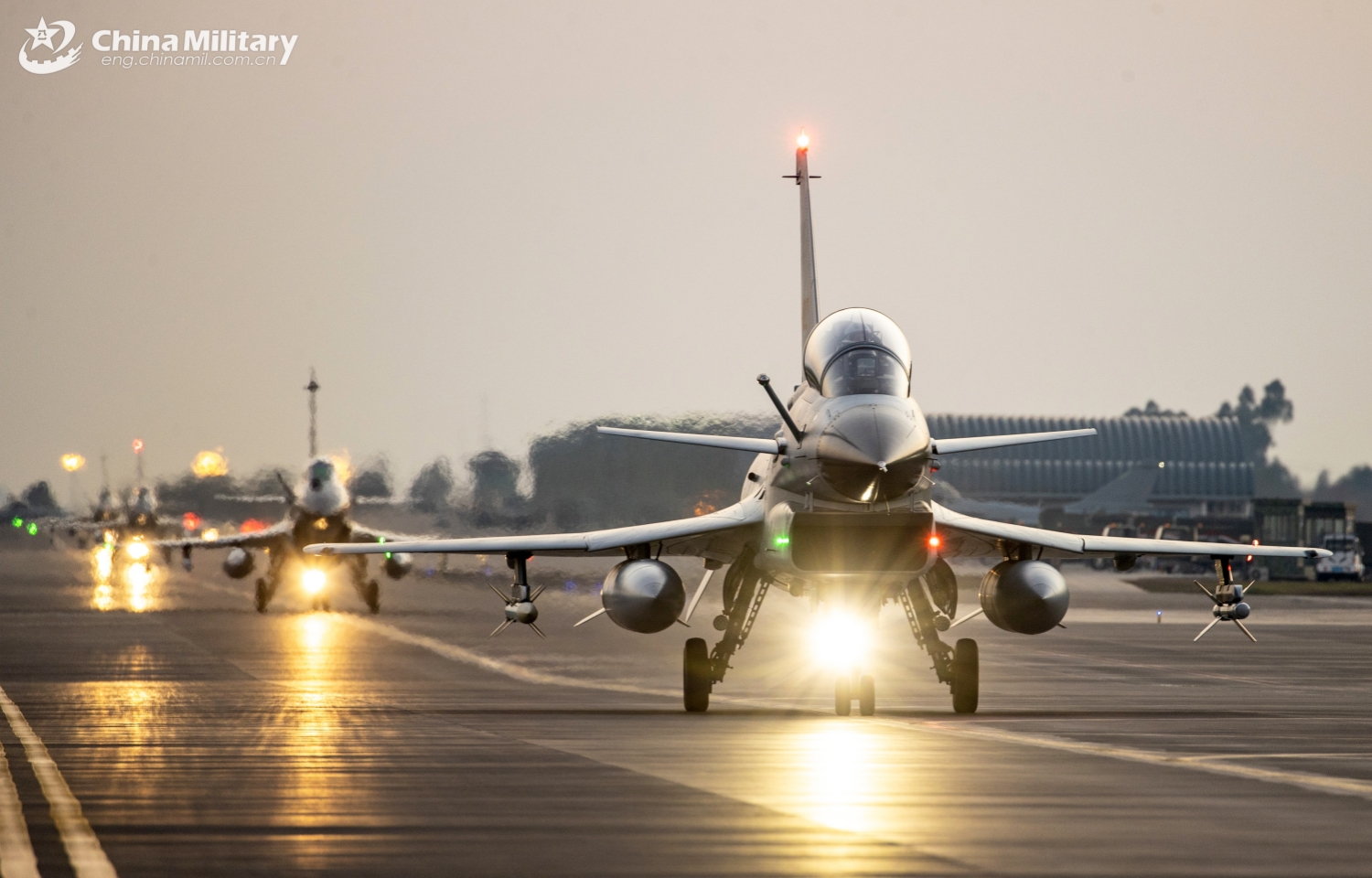World
China Deploys Military To Counter US in Contested Waters

Rising Tensions in the South China Sea: A Regional Hotspot
Introduction: The South China Sea Conflict
The South China Sea has become a focal point of rising tensions between global superpowers and regional nations. On Wednesday, the Chinese military conducted what they described as "routine patrols" in the contested waters, following joint war games by the United States and its allies. The situation is complex, involving historical claims, military exercises, and diplomatic exchanges. The region’s importance extends beyond its strategic and economic value, as it is a critical point of geopolitical contention.
Why It Matters: Sovereignty and Strategic Interests
China has consistently asserted sovereignty over most of the South China Sea, a stance that overlaps with claims from neighboring countries, including the Philippines, a key U.S. ally. The Philippines has been actively challenging Chinese coast guard vessels near Zambales, a province close to Luzon, one of its most populated islands. The U.S. has been conducting joint exercises with regional allies like the Philippines, Australia, and Japan, heightening the region’s military activity. These actions underscore the South China Sea’s role as a vital trade route and a hotspot for geopolitical rivalry.
China’s Position: Territorial Sovereignty and Historical Claims
The Southern Theater Command of the Chinese military emphasized China’s "indisputable" sovereignty and maritime rights, backed by historical and legal claims. Spokesperson Tian Junli accused the Philippines of violating Chinese rights by engaging in joint patrols with external nations. Historically, China claims first discovery of the South China Sea, asserting "historic rights." However, the 2016 international tribunal dismissed these claims, finding no legal basis. China maintains its stance, asserting its right to defend its sovereignty and uphold regional stability.
The U.S. and Allies: Demonstrating Presence and Commitment
The U.S. and its allies have increased military activities in the region. Joint exercises and patrols with countries like the Philippines, Australia, and the UK demonstrate a commitment to maintaining freedom of navigation and international law adherence. The U.S. Navy conducted exercises with Japanese forces, highlighting shared security goals. Allies like the Philippines emphasize cooperation to safeguard maritime rights under international law, particularly the United Nations Convention on the Law of the Sea (UNCLOS).
Escalating Tensions: Military Activities and Diplomatic Responses
The situation is escalating as military activities increase on both sides. China’s patrols and the U.S.-led exercises signal heightened readiness. The Philippines, along with U.S. and Canadian forces, conducted a naval drill within its exclusive economic zone, while U.S., Australia, and the UK engaged in combined exercises. These activities reflect a broader strategic competition, with each side framing their actions as defensive and aimed at maintaining regional stability.
What’s Next: Unresolved Disputes and Continuing Rivalries
The South China Sea disputes show no signs of resolution, suggesting continued military and diplomatic tensions. China, the U.S., and regional allies are likely to sustain their activities, testing each other’s resolve and raising the stakes for potential conflict. The region remains a critical arena for global power dynamics, with implications for international law, trade, and security.